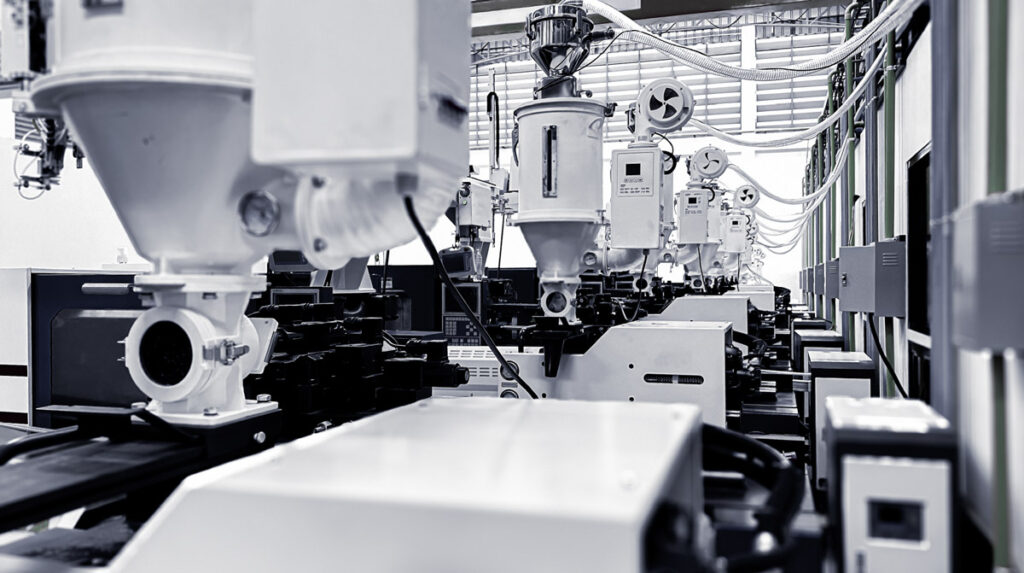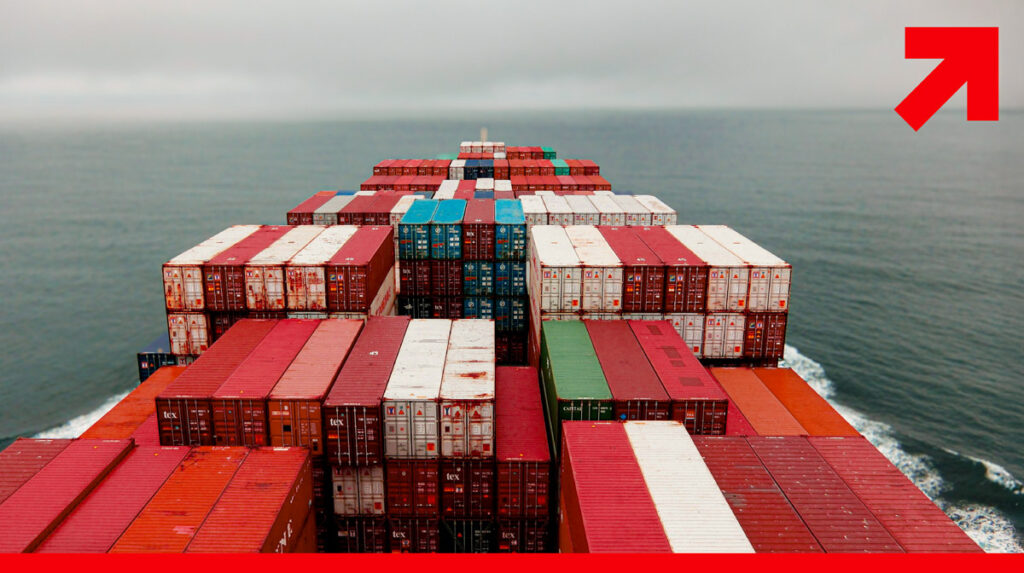In a world where trade policies shift as quickly as consumer demands, selecting the right manufacturing location is becoming increasingly challenging. The global manufacturing landscape is complex, influenced by tariffs, labor costs, logistics, and political factors.
This article will guide business leaders in understanding the evolving global manufacturing landscape, highlight key decision-making factors, and explore how to align manufacturing strategies with long-term business goals.
While tariffs are significant, they are just one piece of the puzzle. By examining the broader picture, companies can make informed, strategic decisions about where to manufacture their products.
The Evolving Global Manufacturing Landscape
Global trade policies and tariffs have dramatically influenced manufacturing trends in recent years. Industries such as electronics, apparel, and automotive have felt the effects of tariff-driven cost increases, leading companies to rethink their strategies. For instance, U.S.-China trade tensions have pushed some businesses to diversify their supply chains, while others explore nearshoring opportunities in Mexico, the US, or Canada.
A report from the World Trade Organization found that between 2018 and 2022, tariff hikes impacted nearly $1 trillion worth of goods globally and are ultimately paid by the end consumer. These numbers underscore the need for businesses to adapt by assessing factors beyond tariffs to remain competitive.

Key Factors in Choosing a Manufacturing Location
A. Tariffs and Trade Policies
Tariffs imposed on imported goods often raise costs and impact competitiveness. For example, U.S. tariffs on international goods increased manufacturing costs for many businesses, compelling them to explore alternate locations such as Vietnam or India. However, tariffs are often a function of government policy that can and will change. So, it is important to understand the long-term strategy and be flexible in executing that strategy to ensure your product and company are set up for success over the appropriate horizon.
B. Labor Costs and Workforce Skill
Labor costs are a significant factor, but they vary widely by region. Southeast Asia continues to be a low-cost manufacturing hub, while regions like Eastern Europe offer skilled labor at moderate costs. Advances in automation and robotics are increasingly bridging labor cost disparities, making it feasible to manufacture in traditionally higher-cost regions.
Additionally, the availability of skilled labor and mature supply chains in China offers significant advantages in terms of efficiency and scalability. China’s well-established cooperative networks and infrastructure enable seamless integration across various stages of production.
In contrast, countries like Vietnam, the Philippines, and Mexico may present lower labor costs but often lack the same level of supply chain maturity and coordinated networks. Businesses must weigh these differences carefully to ensure long-term strategic benefits.
C. Proximity to Key Markets
Manufacturing near key markets can reduce shipping costs and lead times. For example, companies exporting to North America benefit from nearshoring in Mexico, leveraging the current USMCA agreement. Similarly, European companies can take advantage of robust trade agreements within the EU.
D. Infrastructure and Logistics
Access to reliable infrastructure—ports, road networks, and supply chains—is critical for efficient manufacturing. Countries like Germany, Singapore, and the U.S. offer world-class infrastructure, while emerging markets may pose logistical challenges despite their cost advantages.
E. Political Stability and Business Environment
Predictability and stability in a region’s business environment are essential for long-term planning. Political unrest or inconsistent regulatory policies can pose risks, making it vital to prioritize regions with stable governance and business-friendly practices.
How to Assess the Role of Tariffs in Your Decision
A. Conducting a Tariff Risk Analysis
Businesses should evaluate the impact of current and potential tariffs on their bottom line. This includes understanding trade agreements, tariff schedules, and potential future policy shifts. Tools such as a landed cost calculator can help businesses estimate the total cost of manufacturing and shipping products under varying tariff scenarios.
B. Balancing Tariffs with Other Factors
While tariffs are important, they should not dictate manufacturing strategy. Factors like labor costs, availability of skilled labor, logistics, and market proximity often outweigh tariff considerations when viewed holistically.

The Role of Innovation in Manufacturing Decisions
A. Leveraging Technology to Overcome Cost Barriers
Technologies like smart factories, robotics, and IoT enable businesses to automate processes, reducing reliance on low-cost labor and improving efficiency. This can make previously high-cost regions more viable.
B. Diversification of Supply Chains
A diversified supply chain mitigates risks by spreading operations across multiple countries. For example, many companies maintain a presence in China while expanding to Vietnam or Mexico, ensuring resilience against future trade disruptions.
Making the Right Decision for Your Business
A. Aligning Manufacturing Choices with Business Goals
Manufacturing strategies should align with long-term objectives, such as customer demand, sustainability goals, and market agility. Short-term cost savings should not compromise the ability to adapt to evolving market needs.
B. Partnering with Experts
Navigating the complexities of global manufacturing requires expertise. Consulting firms like IN2 offer tailored solutions, leveraging global insights and technical expertise to help businesses optimize their strategies. IN2’s holistic approach ensures that businesses can navigate challenges like tariffs while achieving their strategic goals.
Conclusion
Selecting the best place to manufacture your product requires balancing tariffs, labor, infrastructure, and business goals. While tariffs are significant, they are just one factor in a broader decision-making process. By leveraging technology, diversifying supply chains, and aligning strategies with business objectives, companies can create resilient, efficient manufacturing operations.
If you’re ready to optimize your global manufacturing strategy, contact us today. Our team is here to help you navigate the complexities of global manufacturing and achieve sustainable growth.
